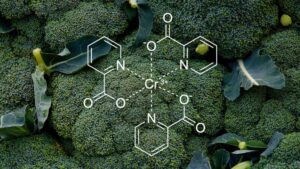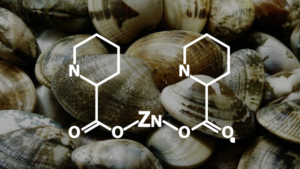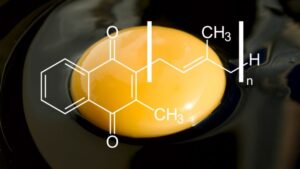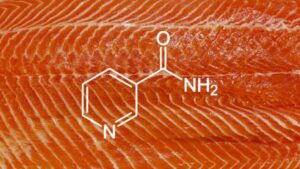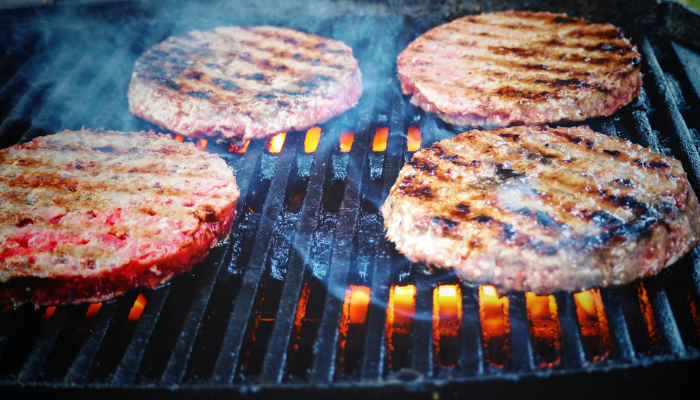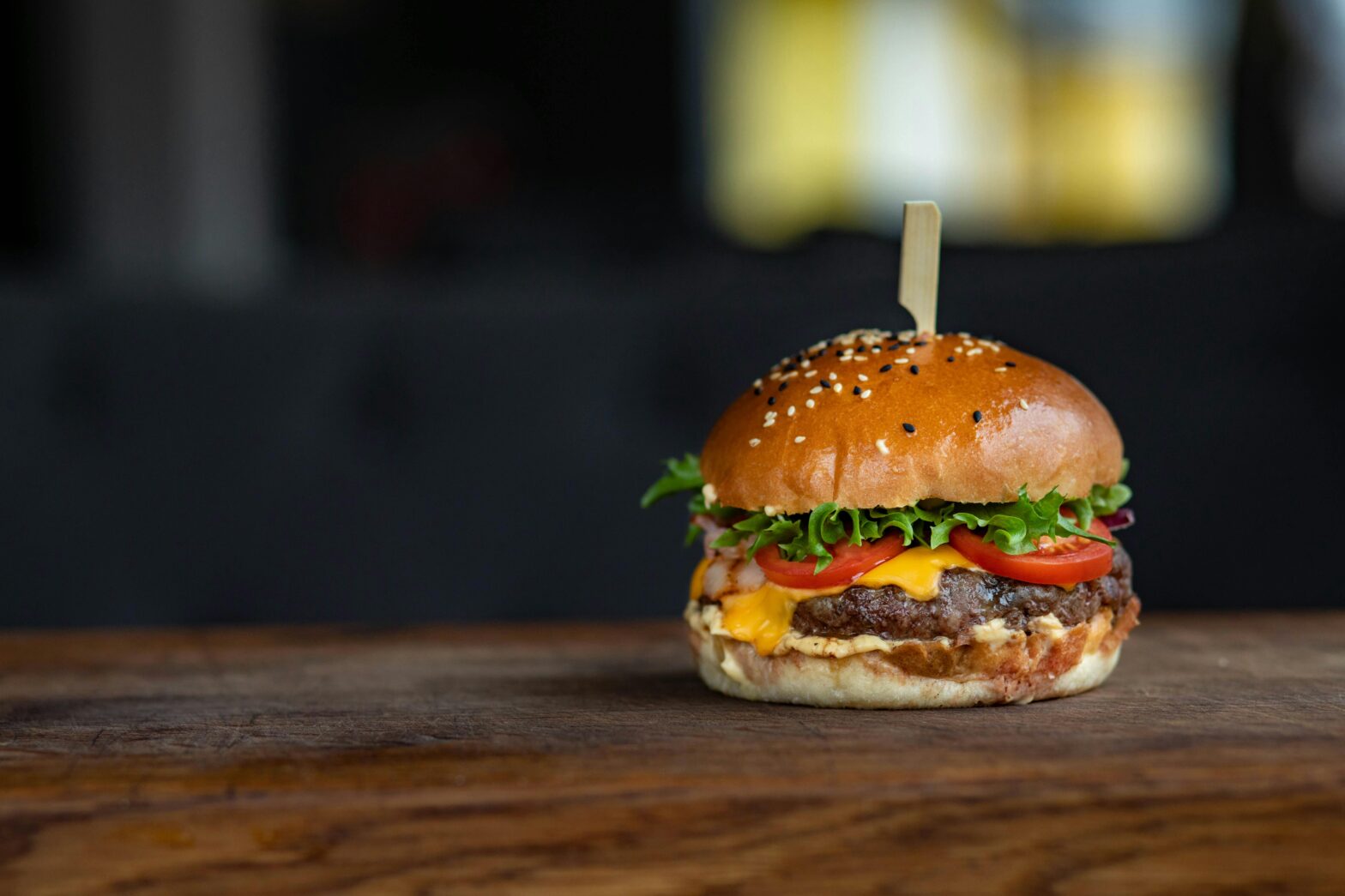For a very long time, we saw fat as the enemy and were told to cut it out of our diets. This led us to choose low-fat options, but it didn’t necessarily make us healthier, likely because we also reduced the good fats, and increased our consumption of carbs.
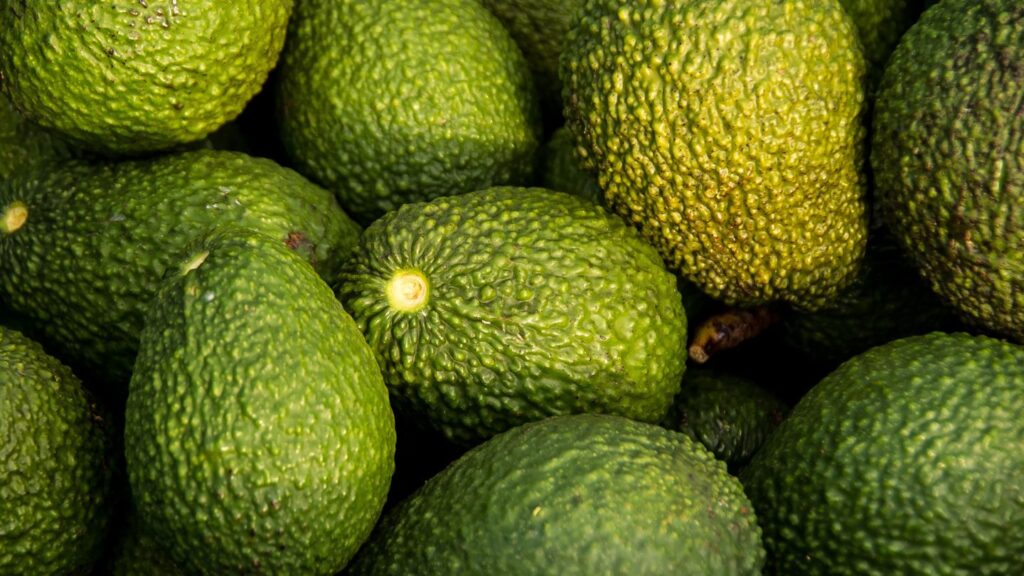
Not all fats deserve your hate, because not all fats are unhealthy. Your body actually needs fat. It gives you energy, helps you absorb vitamins and minerals, forms the outer layer of your cells (cell membranes and neuron sheaths), and it is crucial for things like blood clotting, muscle movements, and controlling inflammation.
So, how do we make sure we are supplying our body with the good fats and not the bad one? Let’s simplify the world of fats.
In this article
Free guide to reverse your biological age

- Master the science of rejuvenation.
- Apply proven tips to turn back the clock.
- Transform your health with top longevity specialists.
What are fats?
Let’s go back to biology class first.
Fats, also known as lipids, are a group of chemical compounds that are insoluble in water, but soluble in organic solvents. They are one of the three main macronutrients, alongside carbohydrates and proteins, that make up the diet of animals and humans. They play numerous roles in the body, including energy storage, insulation, and cell membrane structure.
Structurally, fats are made up of molecules called triglycerides, which consist of a glycerol backbone attached to three fatty acid chains. These chains can vary in length, degree of saturation (the number of hydrogen atoms attached to carbon atoms), and shape, leading to different types of fats with distinct physical properties and impact on our body.
How did fats become linked with bad health?
Fat became a villain in the health narrative during the late 20th century, when rising heart disease rates were linked to saturated fat consumption.
This spurred a movement towards low-fat diets, inadvertently demonising all fats, including the healthy ones, and ignoring the nuanced role of different types of fats in our diet and health.
When it comes to staying healthy over time, not all fats are created equal. The good fats are monounsaturated and polyunsaturated fats, the bad ones are industrially produced trans fats, and saturated fats are somewhere in the middle.

Fats can be classified into good (unsaturated) and bad (saturated and trans fats) based on their impact on our health.
Different types of fats
1. Trans fats
Trans fats are the most harmful type of dietary fat, originating from a process called hydrogenation, which transforms healthy oils into solids and stops them from spoiling.
These fats offer no health benefits, and no amount of them is considered safe, leading to the World Health Organization (WHO) calling for a total ban on what it calls industrially produced trans fatty acids worldwide in 2023.
WHO reported that synthetic trans fats contribute to 500,000 premature deaths annually. And guess which foods usually contain them?
Originally, in the early 20th century, trans fats were primarily found in solid margarines and vegetable shortenings. But, as the use of partially hydrogenated vegetable oils expanded, trans fats began to appear in a wide array of products, from bakery items to fast-food fries.
Some animals naturally produce trans fats in their stomachs, leading to their presence in products like milk and meat. On the other hand, artificial trans fats, known as trans fatty acids, are manufactured by adding hydrogen to vegetable oils, a process used by food producers to extend shelf life and reduce costs.

Trans fats are commonly found in items like doughnuts, cakes, cookies, and foods fried in deep oil. Baked products that stay soft and moist over long periods on store shelves often contain trans fats, as these fats keep solid at room temperature.
Consuming trans fats raises levels of harmful LDL cholesterol in the blood while lowering beneficial HDL cholesterol, leading to inflammation associated with heart disease, stroke, diabetes, and other chronic diseases.
They also promote insulin resistance, heightening the risk of type 2 diabetes. Even minimal consumption of trans fats is dangerous, as eating 2% of daily calories from trans fats can increase the risk of heart disease by 23%.
2. Saturated fats
Saturated fats, which solidify at room temperature like the grease from cooled bacon, are a staple in the American diet. Found in red meat, full-fat dairy products, cheese, coconut oil, and various commercially produced snacks and baked goods, these fats are called “saturated” because their carbon atom chains are fully loaded with hydrogen atoms.
But are saturated fats harmful?
Consuming a high amount of these fats can increase overall cholesterol levels, particularly the dangerous LDL cholesterol, leading to clogged arteries in the heart and other areas.
Consequently, most dietary experts advise keeping saturated fat intake below 10% of total daily calories.
But, the clear-cut relationship between saturated fat, and heart disease has been clouded by recent studies.
One meta-analysis reviewing 21 studies concluded there wasn’t conclusive evidence that saturated fats directly contribute to heart disease, suggesting instead that replacing them with polyunsaturated fats could lower heart disease risks.
Further research suggests that swapping saturated fats for polyunsaturated fats like those in vegetable oils or for high-fibre carbohydrates is likely to diminish heart disease risks. Yet, substituting them with highly refined carbs might actually increase the risk.
Highly refined carbs include the following:
- White bread
- Pastries and cakes
- White pasta
- Sugary cereals
- White rice
- Processed snacks like chips and crackers
- Soda and other sugary drinks
- Candy and sweets
3. Healthy fats
Healthy fats, primarily found in vegetables, nuts, seeds, and fish, stand out from saturated fats by having less hydrogen atoms attached to their carbon chains.
These fats, which are liquid at room temperature, fall into two beneficial categories:
- monounsaturated fats
- polyunsaturated fats
Enjoying olive oil with your bread at an Italian restaurant is a way to consume monounsaturated and polyunsaturated fats. Cooking a great fried rice as dinner with sesame oil is another.

These healthier fats are burned by our bodies more efficiently, meaning they’re more likely to be used as energy instead of being stored as fat. This can lead to more calories burned.
When you eat certain fats, some are more likely to be stored as body fat instead of being used for energy. How quickly a fat turns into energy can be checked by seeing how fast it’s broken down after you eat it.
Some fats, like those found in coconut oil and olive oil, are broken down and used for energy faster than others, like the fats found in palm and animal fats.
For example, in a study, they looked at how different fats were used for energy over nine hours. Coconut oil fats were used up the most (41%), followed by olive oil fats (18%), and then palm and animal fats (16% and 13%). This means that fats from coconut oil and olive oil are less likely to be stored as body fat.
1. Monounsaturated fats
These fats have a unique structure with one double bond between carbon atoms, making them less hydrogenated than saturated fats and maintaining their liquid state at room temperature.
Excellent sources include olive oil, avocados, seeds and nuts, known for their heart-healthy benefits.
This was highlighted by the Seven Countries Study in the 1960s, which linked the low heart disease rates in the Mediterranean to their high consumption of olive oil, a rich source of monounsaturated fats.
Despite lacking a specific recommended daily intake, it’s advised to prefer these, along with polyunsaturated fats, over saturated and trans fats.
2. Polyunsaturated fats
Polyunsaturated fats are essential fats, meaning the body cannot produce them on its own, so they must be obtained through the diet. They are known for their liquid state at room temperature and remain liquid even when refrigerated.
Structurally, polyunsaturated fats have more than one double bond in their carbon chain, which is the “poly-” part of their name, indicating multiple unsaturation. This structural feature makes them more flexible and fluid compared to saturated fats, which have no double bonds and are solid at room temperature.
There are two main families of polyunsaturated fatty acids (PUFAs):
- Omega-3 fatty acids: These fats are crucial for brain function as well as normal growth and development. They can also reduce inflammation and are linked to a lower risk of heart disease. Sources of omega-3s include fatty fish (like salmon, mackerel, and sardines), flaxseeds, chia seeds, and walnuts.
- Omega-6 fatty acids: Although essential, omega-6 fats are more abundant in the modern diet and are found in many vegetable oils (like corn, soybean, and sunflower oil), nuts, and seeds. They are important for brain function and normal growth and development as well, but a high intake of omega-6s relative to omega-3s can contribute to inflammation and associated health problems.
Omega-3 fatty acids

Omega-3 fatty acids have been extensively studied regarding their various health benefits.
Harvard paints out a clear picture– a lack of Omega-3, slowly leads to health issues later in life. These essential nutrients are crucial for your brain, heart, and metabolism. Yet, over 90% of the population is deficient in Omega-3.
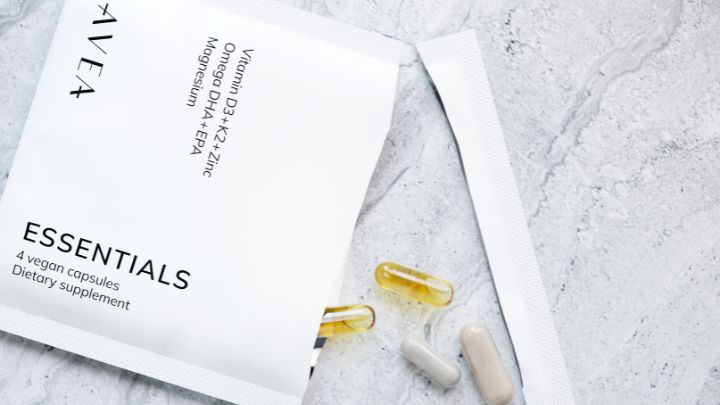
The Essentials are packed with vegan, essential micronutrients: Vitamin D3, Vitamin K2, Zinc, Magnesium and Omega-3. Support your immune system, brain and heart health, to build your foundation.
Power up your Omega-3s naturally
Our innovative and 100% vegan Omega-3 is sourced from algae, instead of the common fish oil. Licaps® capsules maximise delivery of EPA and DHA fatty acids, providing anti-inflammatory benefits for optimal muscle and brain function, whilst conserving the marine ecosystem.
Signs that you are Omega-3 deficient
Certain lifestyles or diets, especially those rich in red meat or low in healthy fats, can lead to Omega-3 deficiency. If you tick most of the following, you might need to reevaluate your Omega-3 intake:
- brittle nails, lifeless hair or dry skin
- constant fatigue
- poor concentration
- joint pain
- insomnia.
- attention, learning, or short-term memory problems
- depression, anxiety, aggressive behaviour, anger, or suicidal thoughts
Long term deficiencies can lead to severe health issues, including heart problems and high cholesterol, cognitive decline, and memory loss.
Discover 4 key benefits of Omega-3 fatty acids.
A sweet note from Avea

Fats play a vital role in a nutritious diet. Opt for foods rich in “good” unsaturated fats, limit those high in saturated fat, and eliminate “bad” trans fats from your diet.
- Instead of focusing solely on reducing fat intake, prioritise consuming beneficial “good” fats while staying away of harmful “bad” fats.
- “Good” unsaturated fats, including monounsaturated and polyunsaturated fats, can reduce the risk of diseases. Sources of these healthy fats are vegetable oils (like olive, canola, sunflower, soy, and corn oils), nuts, seeds, and fish.
- ‘’Bad” trans fats can increase the risk of diseases, even in small amounts. These fats are mainly found in processed foods that use partially hydrogenated oil.
- Saturated fats are not as damaging as trans fats but can still negatively affect your health compared to unsaturated fats and should be eaten sparingly. Foods high in saturated fat include red meat, butter, cheese, and ice cream, along with certain plant-based fats like coconut and palm oil.
- Reducing consumption of items like red meat and butter should involve substituting them with healthier options such as fish, beans, nuts, and wholesome oils, rather than with refined carbs.
- Research shows that certain fats, like the kind in coconut oil (medium-chain saturated fats) and olive oil (monounsaturated fat), don’t seem to cause these problems as much as other fats, such as those found in butter and palm oil (long-chain saturated fats), especially if you’re also eating a lot of refined carbs.
- Certain fats in vegetable oils (Omega-6 polyunsaturated fats) might contribute to weight gain, while Omega-3 fats, like those from fish, could actually help protect against it. Plus, using olive oil as part of a Mediterranean diet, and getting plenty of Omega-3s, can lower your risk of heart problems.


